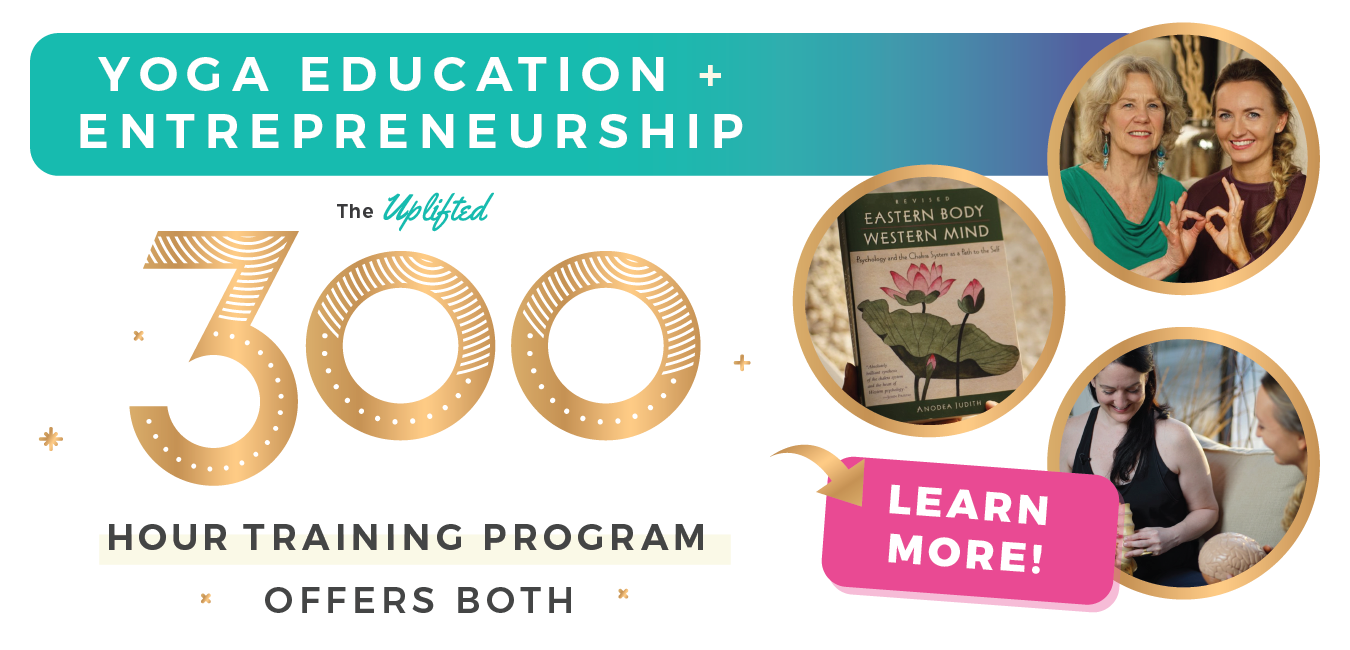(Bhujangasana): Techniques, Benefits, Variations
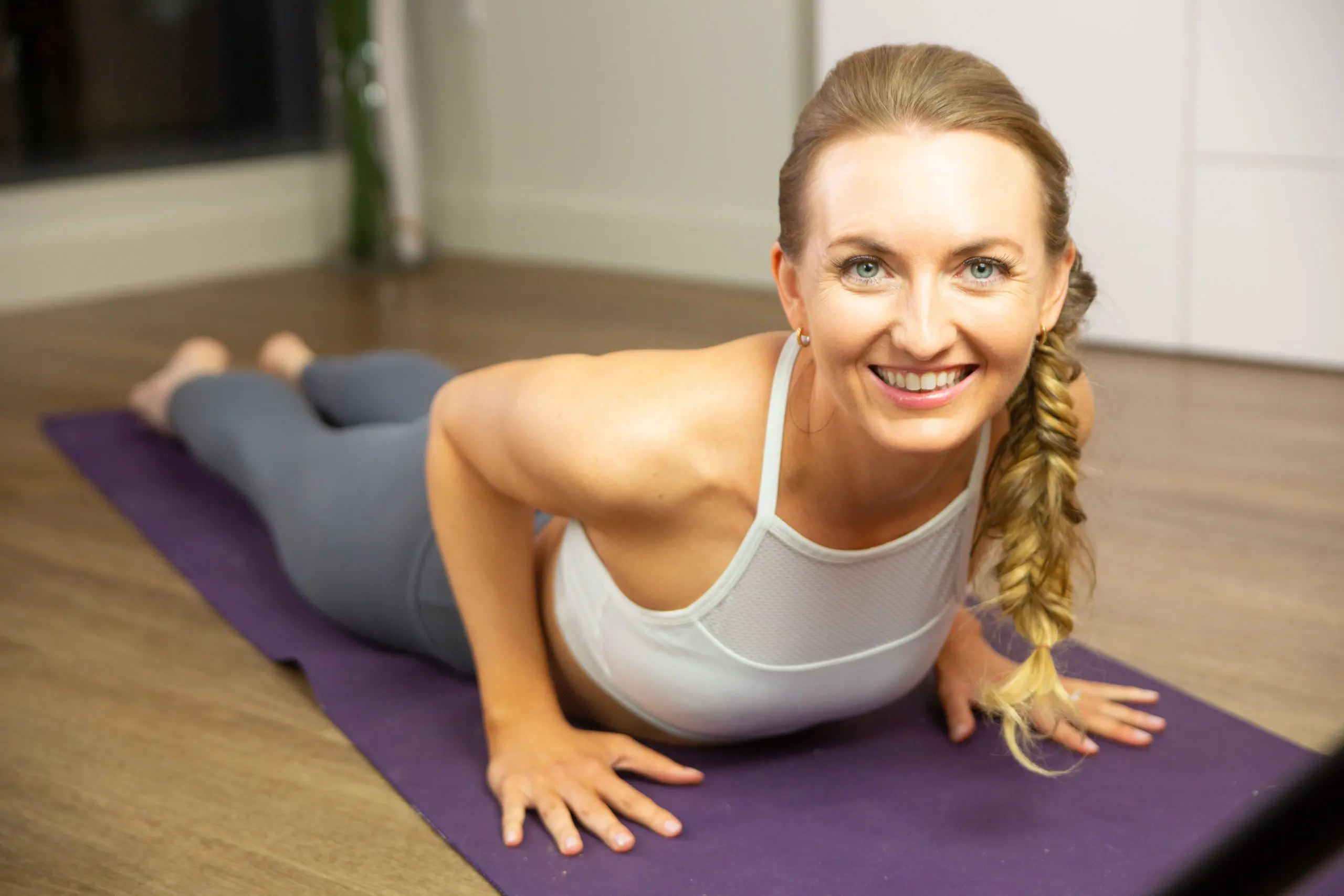
Cobra Pose Prep & Practice
1
Come to lie down on your stomach and take both hands underneath the shoulders. Elbows stay tucked in to the sides instead of splaying out. Press your hip points into the ground.
2
Push down through the tops of the feet and engage the legs so much so that your kneecaps lift up off the floor.
3
On an inhalation, engage the core and lift the chest forward and up. Lengthen the spine and keep a slight dip in the chin.
4
Send your shoulder blades down and back.
5
On an exhalation, slowly lower the chest back down with control.
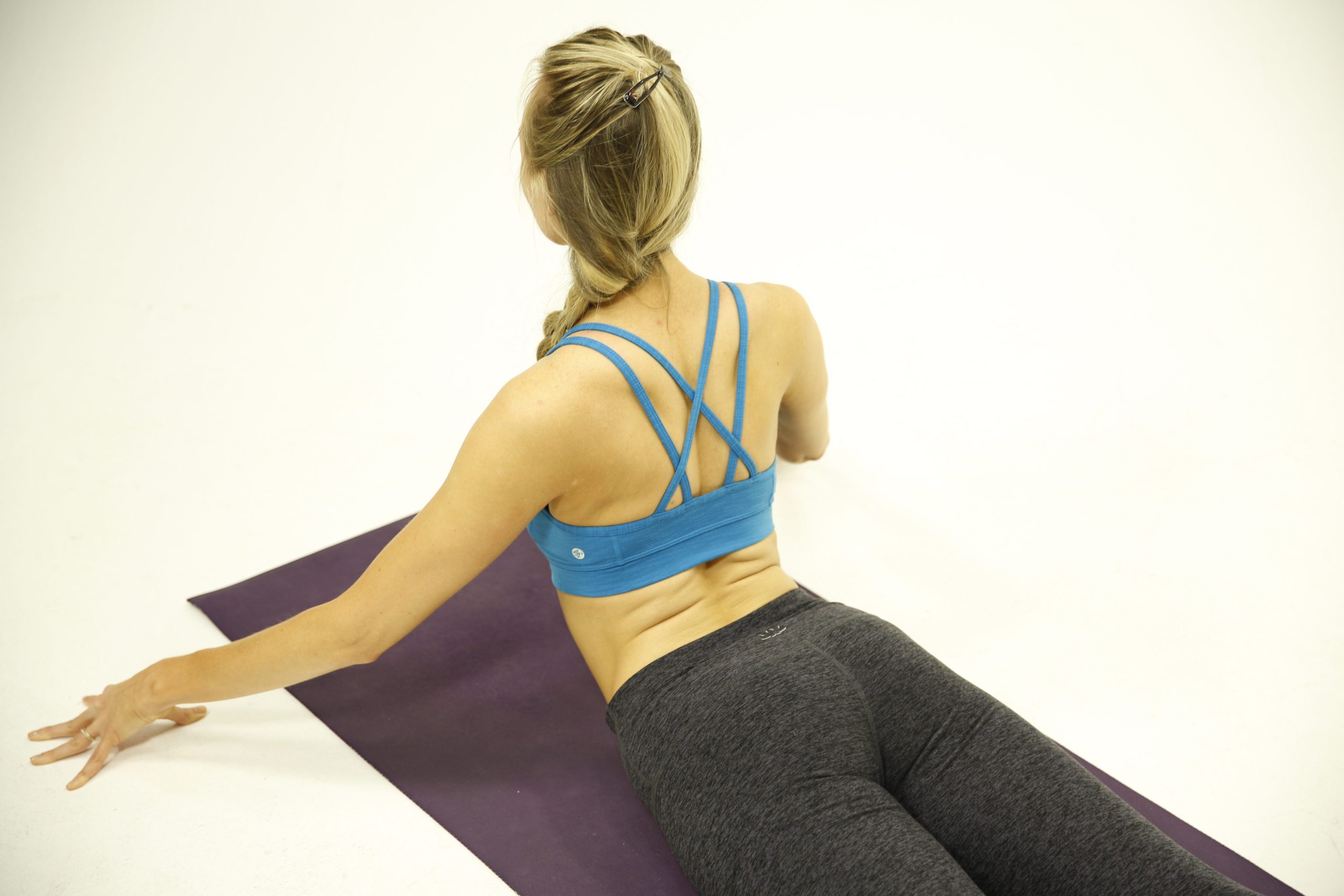
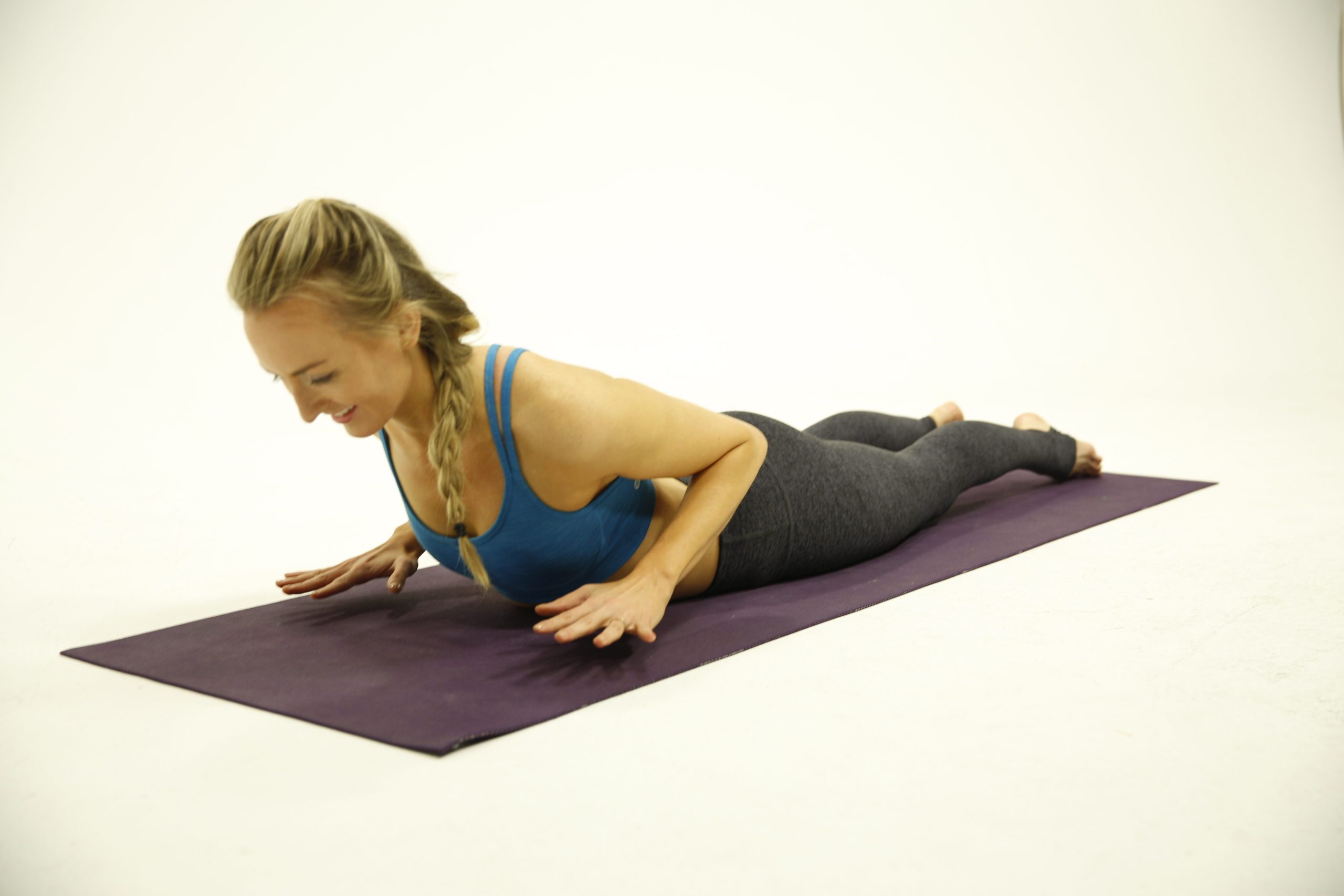
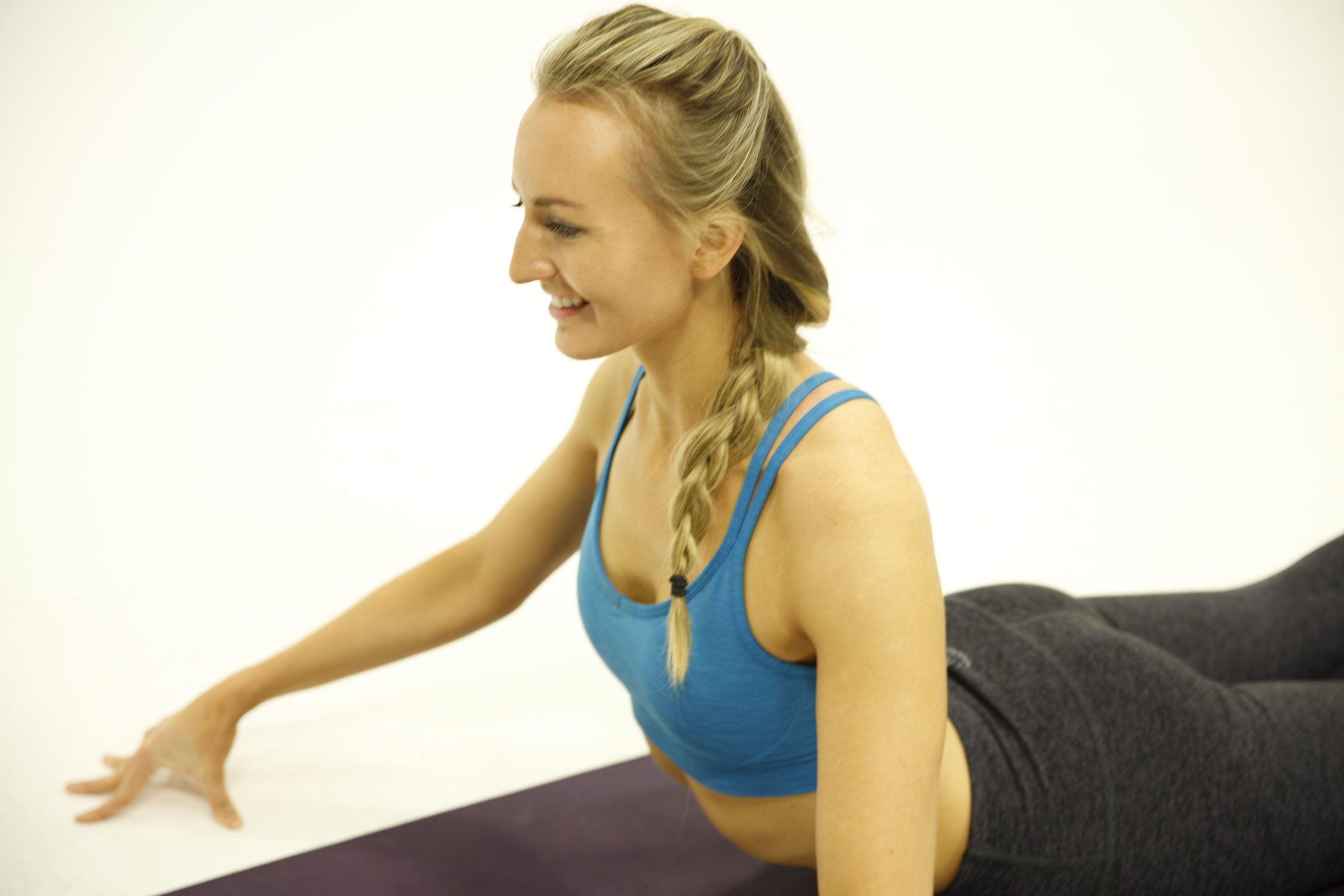
Variations/Modifications
- Take both hands out wide to either side of the mat and come to fingertips
- Place a block in between the thighs to keep the legs engaged
- Blanket underneath the hips
- Advanced: Start to straighten the arms
Physical, Mental, and Emotional Benefits
- Strengthens the muscles of the back body
- Expands the chest and throat
- Strengthens the core muscles
- Opens the lungs
Contraindications
- Spinal Injury
- Pregnancy
- Digestive issues
A Few Notes
Cobra pose, Bhujangasana is a reclining back bending posture. It gets the name from the image of a cobra snake sat upright, with an elongated body looking forwards.
Cobra pose is used quite frequently in a variety of yoga classes and styles as it is part of the sun salutation sequence, and when repeated over and over again, it can become quite a strong pose.
With yoga asanas such as cobra pose, which can be repeated over and over again in sequences like Sun Salutations, you want to ensure that when you practicing yoga, that you are doing it correctly and in a way that isn’t going to cause injury over time. Even when movements and poses feel familiar or basic, when we practice yoga we can easily lose focus and leave our mindfulness state and go into auto mode. This is when you should come back to your breath and be present in your moving meditation. If you feel any pain at any time during your practice, rest!
One of the main things to remember is to keep the length in your spine. As you enter the pose and inhale, you ideally want to be able to straighten your arms, with your shoulder blades sliding down your back and away from your ears. You want to find equal length from your lower back all the way up the spine, broadening your upper back and finding length through your neck, rather than compress, in order to lift your torso from the floor.
During a yoga class, you most probably come into cobra pose from laying down on the floor on your belly or perhaps sphinx pose, starting with your hands on your yoga mat underneath your shoulders. When you press your palms into the ground and lift your chest, imagine step by step, the inhale moving up from your pelvis and hips and traveling upwards along the entire spine. Starting from the lower back, working up the belly, rib cage, engaging the back muscles, broadening the upper back, chest, and then the neck. Instead of cricking your neck to look upwards, find a gaze point ahead of you to help to continue the length in your spine, directing the energy up and out through the crown of the head.
Then by keeping your hands in the same place, when you exhale get ready to lift up into downward-facing dog, the next pose in the Sun Salutation sequence after cobra pose, and move your gaze towards your navel. This can be a juicy release for the lower back, preparing you for the next part of the yoga class.
A few things you can think of or visualize when inhaling and lifting up into cobra pose is to visualize you lifting and lengthening the cervical spine, lengthening the front, back, and sides of the torso, lifting the heart space upwards, and broadening the collar bones.
While the energy and breath is being carried forward in the upper body, you need to engage the lower body, by switching on the muscles in the buttock and thigh areas to support the backbend. Your legs play a big part in backbends so make sure you are lengthening your legs by pressing your feet and toes into your yoga mat and keep your feet parallel by pointing your toes to the back of the room.
What is the cobra pose good for?
There are many benefits of Cobra pose. It can help to strengthen your back muscles, open your chest, and stretch the muscles all along the front of the body, including your hip flexors and abdominal muscles, all the while building on your flexibility of the spine.
Overall, backbends help to improve your posture, by opening up the shoulders and chest area, creating more space in the upper body, stretching tight hips helping to un-do all the hunching over, and bending forwards at the hips we do whilst seated. Mild backbends can not only help to alleviate back pain, strengthen your back muscles, but also help you to breathe better. They are generally an energizing pose, and so can get rid of feelings of fatigue and help you on the path of self-realization by getting the energy moving around the body.
Usually, in a one-to-one class with a yoga instructor, you get the chance to use yoga props to build the ideal alignment in the pose. You can use blocks under the hands to find more lift in the chest and a strap around the calves to stop the legs from drifting too far apart from each other.
Who should not do cobra pose?
If cobra pose feels too strong or if you suffer from wrist pain or carpal tunnel syndrome then you can make some modifications. One option is baby cobra. In baby cobra you can keep your arms bent and lift your chest just slightly off the yoga mat for a mild backbend. Another option is sphinx pose, where you keep your elbows and forearms on the floor and lift and drive the chest forwards. This is the perfect option with the least pressure on the hands and wrists.
In a yin yoga practice, where you hold yoga postures for anything from 2-10 minutes, you may want to start your cobra pose on your forearms. Instead of fully engaging your lower body, try to let your pubic bone rest heavy into the ground, relax the shoulders back, open the heart space, find a soft length in the neck and enjoy the stretch along the lower abdomen with a slight compress of the abdominal organs into the mat.
To release from this posture, it can feel super nice and releasing to take a minute or so in a child’s pose as a counterpose of your backbend.
During a yang style yoga practice, such as Hatha, Vinyasa, or other styles of yoga, to help you gain a deeper backbend in cobra you can straighten your arms and lift your knees and thighs off the ground into an upward-facing dog posture.
Try Cobra Pose On The Blog
- Surya Namaskar: A Step-By-Step Guide to Sun Salutations (For Beginners!)
- What Is Asana? One Of The Most Popular Yogi Terms Explained
- Anahata: Heart Chakra Meditation For Healing and Balancing [VIDEO]
- Yoga for Lower Back Pain: 7 Poses That Have Your Back
- The Basics of Hatha Yoga: 10 Classic Hatha Yoga Poses
Want more yoga pose tutorials? See more in my Yoga Pose Directory.
Learn how to do 11 of the most popular yoga poses correctly. Free video + PDF download.


